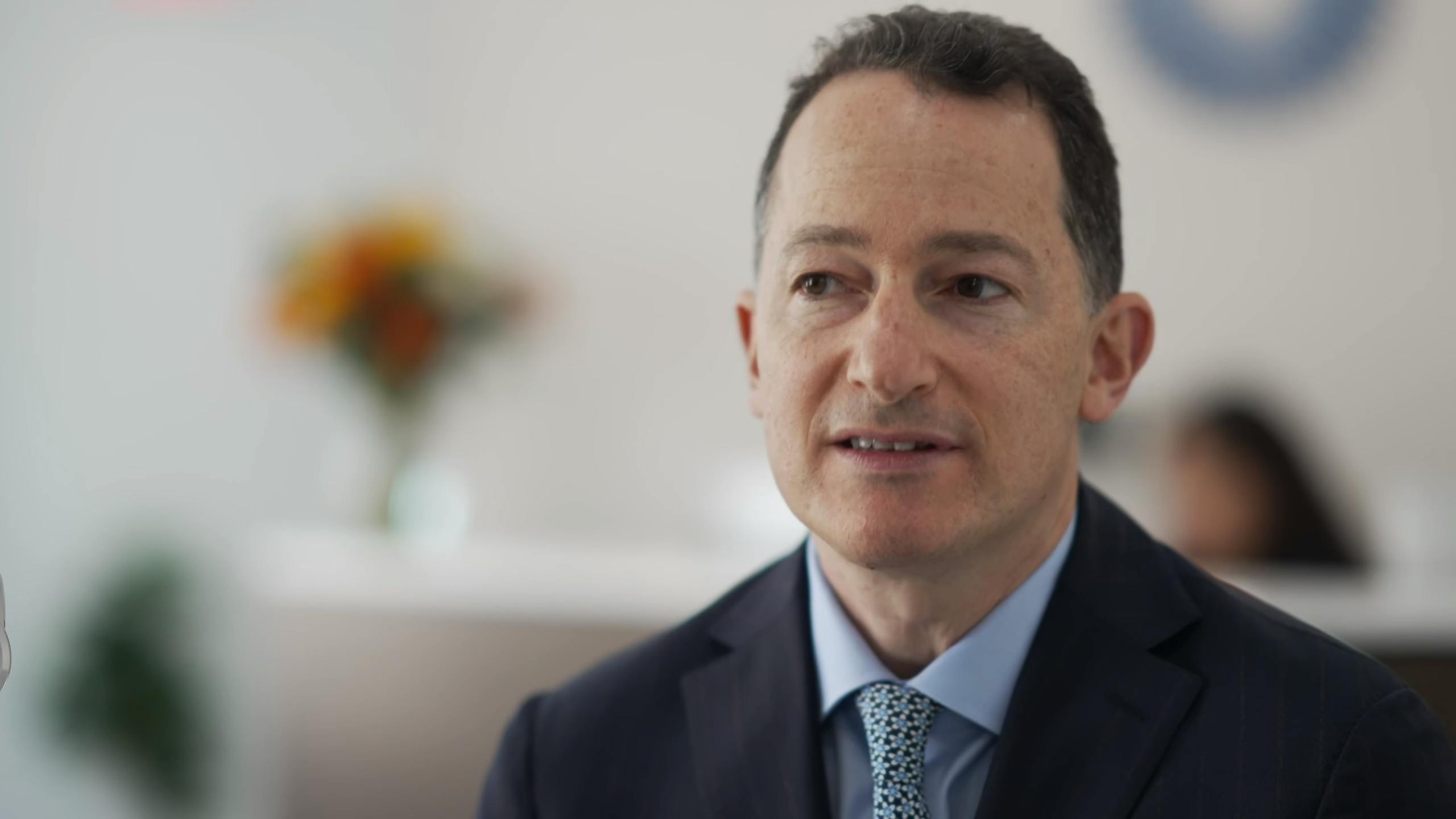Today’s multifocal IOLs (currently in the 7th and 8th generation) are the most advanced and well tolerated since the first multifocal was introduced in the US in 1997. Today’s multifocal IOLs in New York City provide better vision than the natural human lens at age 50 and older.
What is the Multifocal IOL?
Multifocal IOLs in NYC are artificial lenses that can improve near-intermediate and distance vision. They use diffractive rings to help the eye focus images from multiple distances onto the retina.
Multifocal IOLs differ from monofocal IOLs, providing only glasses-free vision at one distance. Multifocal IOLs can restore visual function and allow most patients to be independent of glasses.










